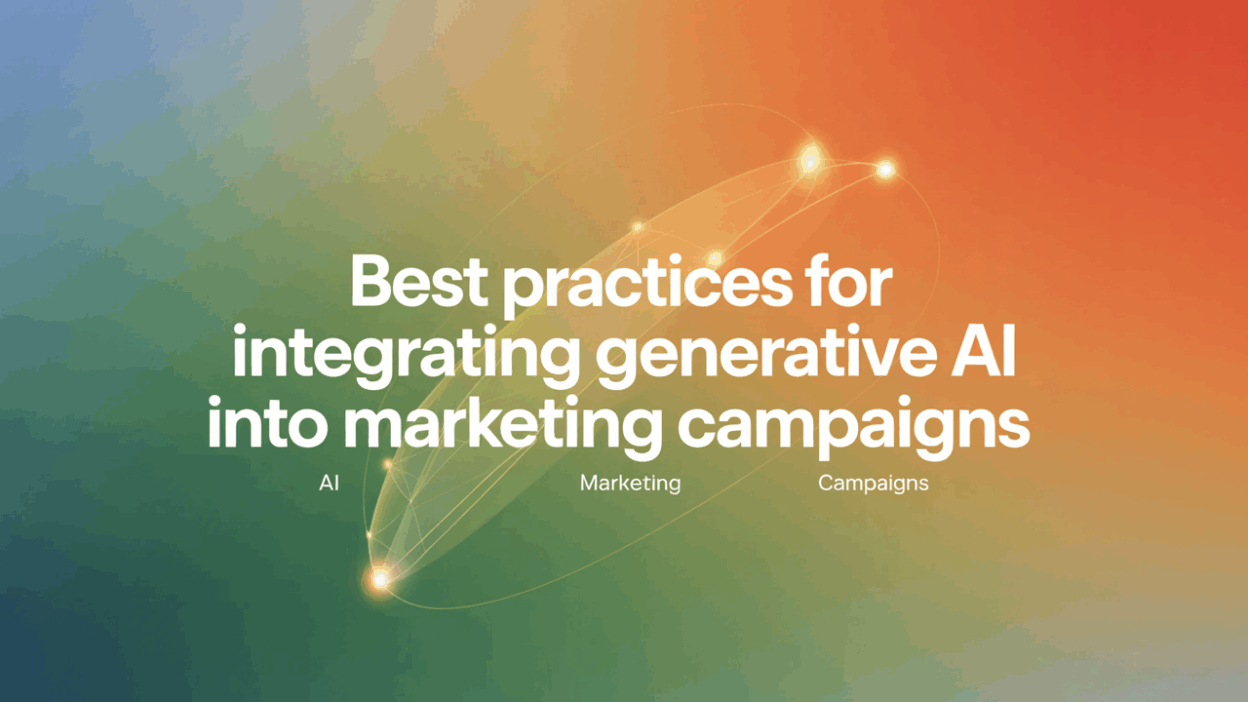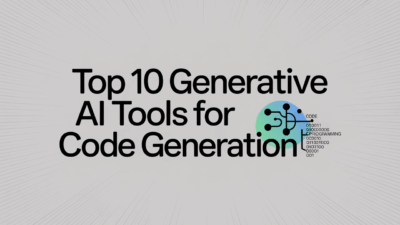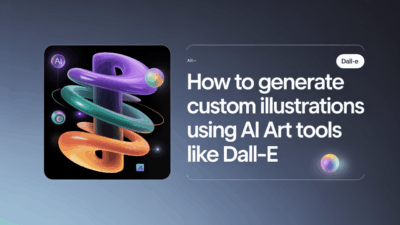Integrating generative AI into marketing campaigns has become a game-changer for businesses aiming to streamline processes, enhance personalization, and boost engagement. However, to harness its full potential, marketers must adopt best practices that ensure effectiveness, consistency, and brand alignment.
Start with a Clear Strategy
Before diving into generative AI tools, it’s essential to define your objectives. Whether you’re looking to automate content creation, personalize customer interactions, or optimize ad targeting, having a clear strategy will guide your implementation process . This includes identifying key performance indicators (KPIs) and aligning AI-generated outputs with broader marketing goals.
Choose the Right Tools
Not all generative AI platforms are created equal. Evaluate tools based on their ability to integrate with existing systems, generate high-quality content, and adapt to your brand voice. Some popular use cases include automating social media posts, generating email copy, and creating personalized product recommendations . Ensure the selected tool supports your specific needs and offers customization options.
Write Detailed and Purpose-Driven Prompts
The quality of AI-generated content heavily depends on the input prompts. Writing clear, detailed instructions helps produce more accurate and relevant outputs . Marketers should also ensure that prompts align with brand guidelines and campaign messaging to maintain consistency across all touchpoints.
Maintain Brand Voice and Creativity
While generative AI can significantly speed up content production, it shouldn’t replace human creativity. Review and refine AI-generated content to ensure it reflects your brand’s tone, values, and personality . Human oversight remains crucial in maintaining authenticity and emotional connection with your audience.
Continuously Test and Optimize
Like any marketing initiative, integrating generative AI requires ongoing testing and optimization. Monitor performance metrics such as engagement rates, conversion rates, and customer feedback to assess the impact of AI-driven content . Use these insights to fine-tune prompts, adjust strategies, and improve results over time.
Focus on Personalization at Scale
One of the most powerful applications of generative AI is its ability to create personalized experiences for large audiences. By leveraging customer data and behavioral insights, AI can generate tailored messages, product descriptions, and recommendations that resonate with individual preferences . This level of personalization enhances user experience and drives higher ROI.
Balance Automation with Human Oversight
Although automation is a major benefit of generative AI, it’s important not to rely solely on machines. A balanced approach that combines AI efficiency with human judgment ensures accuracy, relevance, and ethical compliance . Regularly audit AI-generated content and make adjustments where necessary to uphold brand integrity.
Stay Updated on AI Trends and Ethics
As generative AI continues to evolve, staying informed about emerging trends, regulatory changes, and ethical considerations is vital. This includes understanding data privacy laws, mitigating bias in AI models, and ensuring transparency in AI-driven marketing efforts .
By following these best practices, marketers can effectively integrate generative AI into their campaigns while maintaining brand consistency, improving efficiency, and delivering compelling customer experiences.



